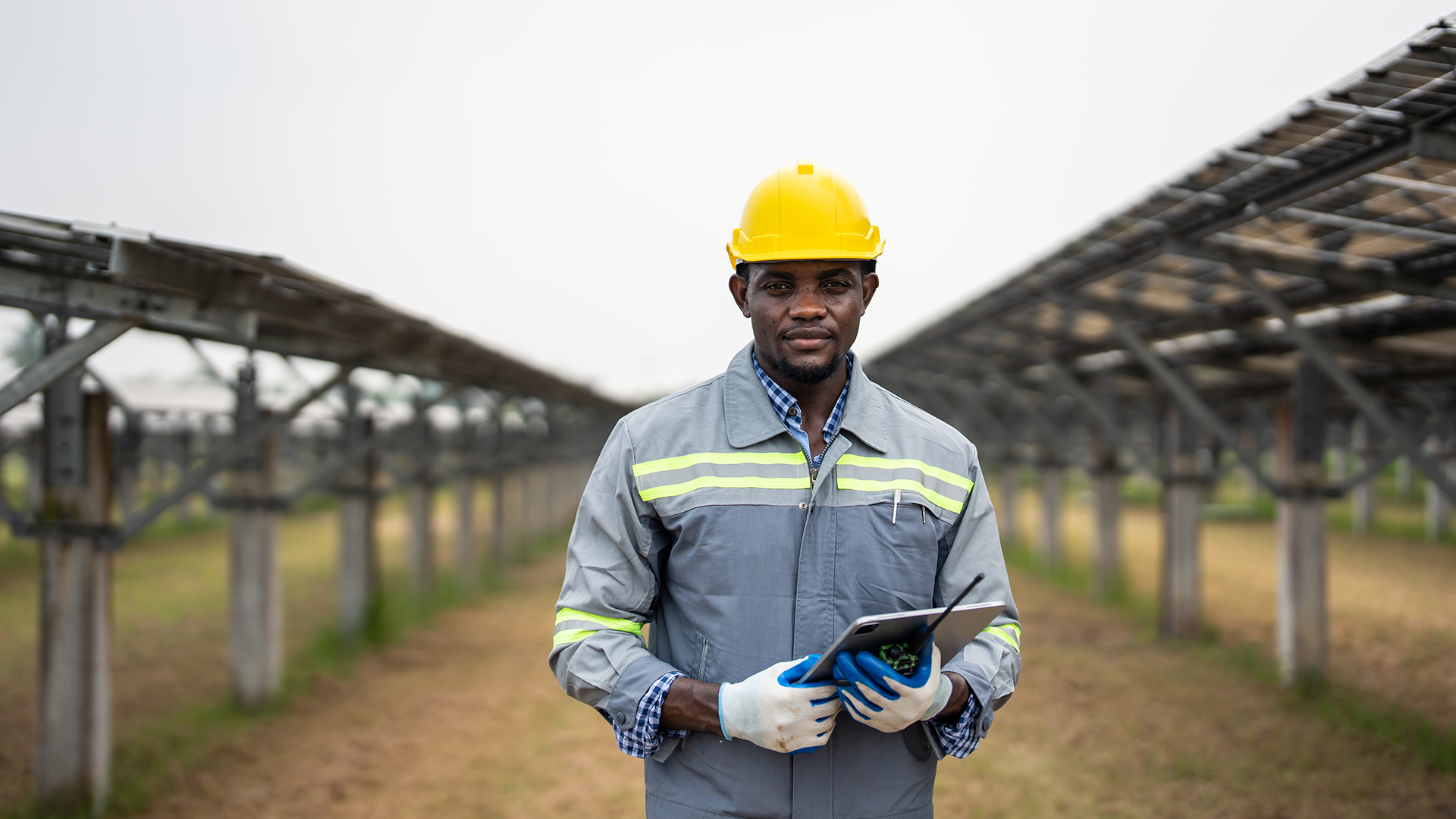Nearly 1 billion people in sub-Saharan Africa cook with traditional biomass and ancient stoves, prematurely killing 815,000 people (mostly women and children) from resultant indoor air pollution and risking over 1.5 Gt CO₂e emissions by 2030, gender inequality, and deforestation. Of the deaths, over 200,000 are children under 5. Globally, 2.3 billion lack clean cooking, with Africa accounting for half, as access stagnates or declines. Despite the magnitude of this issue and its damage to Africa’s human capital, investments are largely absent.
The IEA estimates that scaling up clean cooking requires USD 4–37 billion annually, less than 0.1% of global energy investments, dependent on generic policy, financing, and partnerships. Progress is being made. Regional and global attention is beginning to focus on clean cooking in Africa, building on commitments made at the Africa Energy Summit in 2025. Several countries are designing or implementing clean cooking strategies – including Kenya, Tanzania, Nigeria, Mozambique, Ghana, and others.
However, there is still a long way to go. Market fragmentation, low rural penetration, affordability barriers, and lack of committed financing are limiting implementation.
There is a desperate need to shine a spotlight on clean cooking on the continent, and mobilise political will and financing towards addressing it.
Read full concept note




